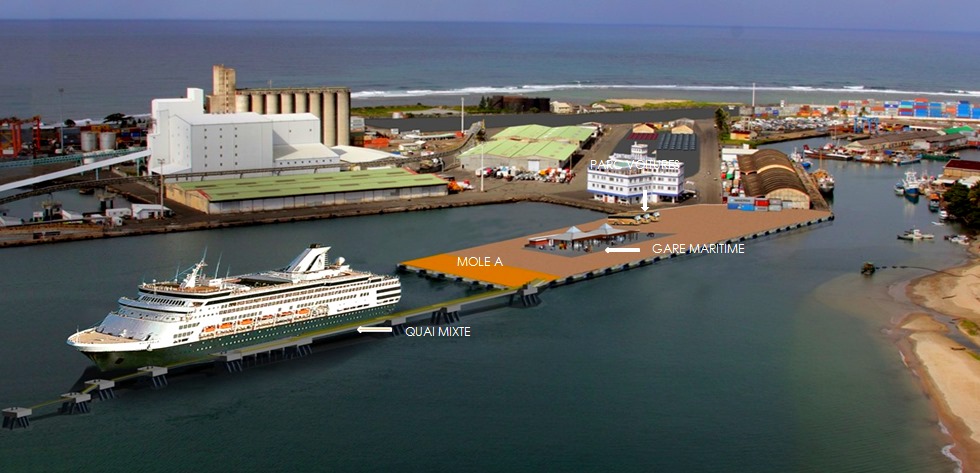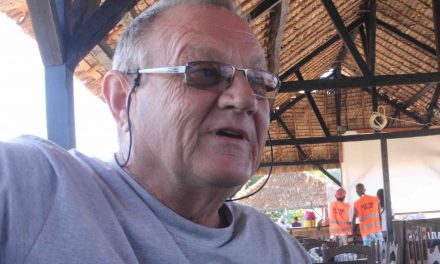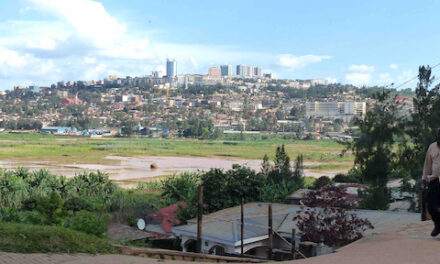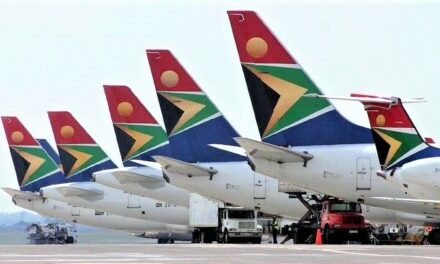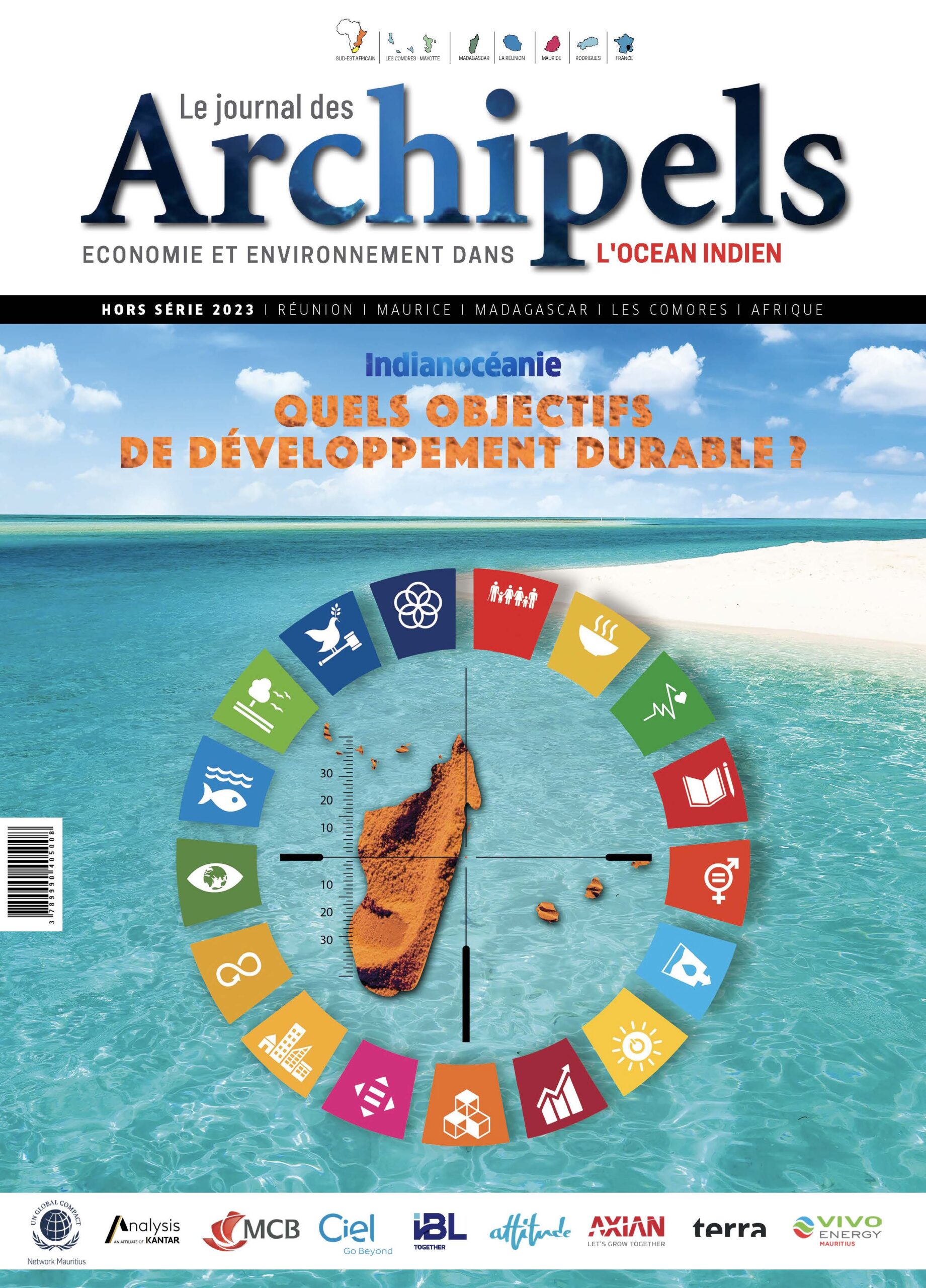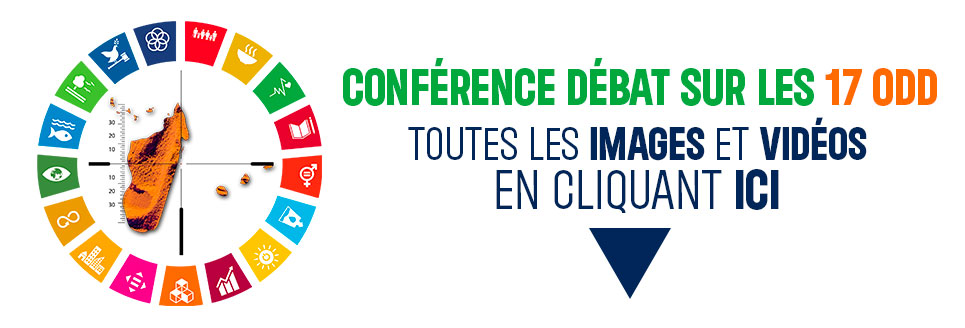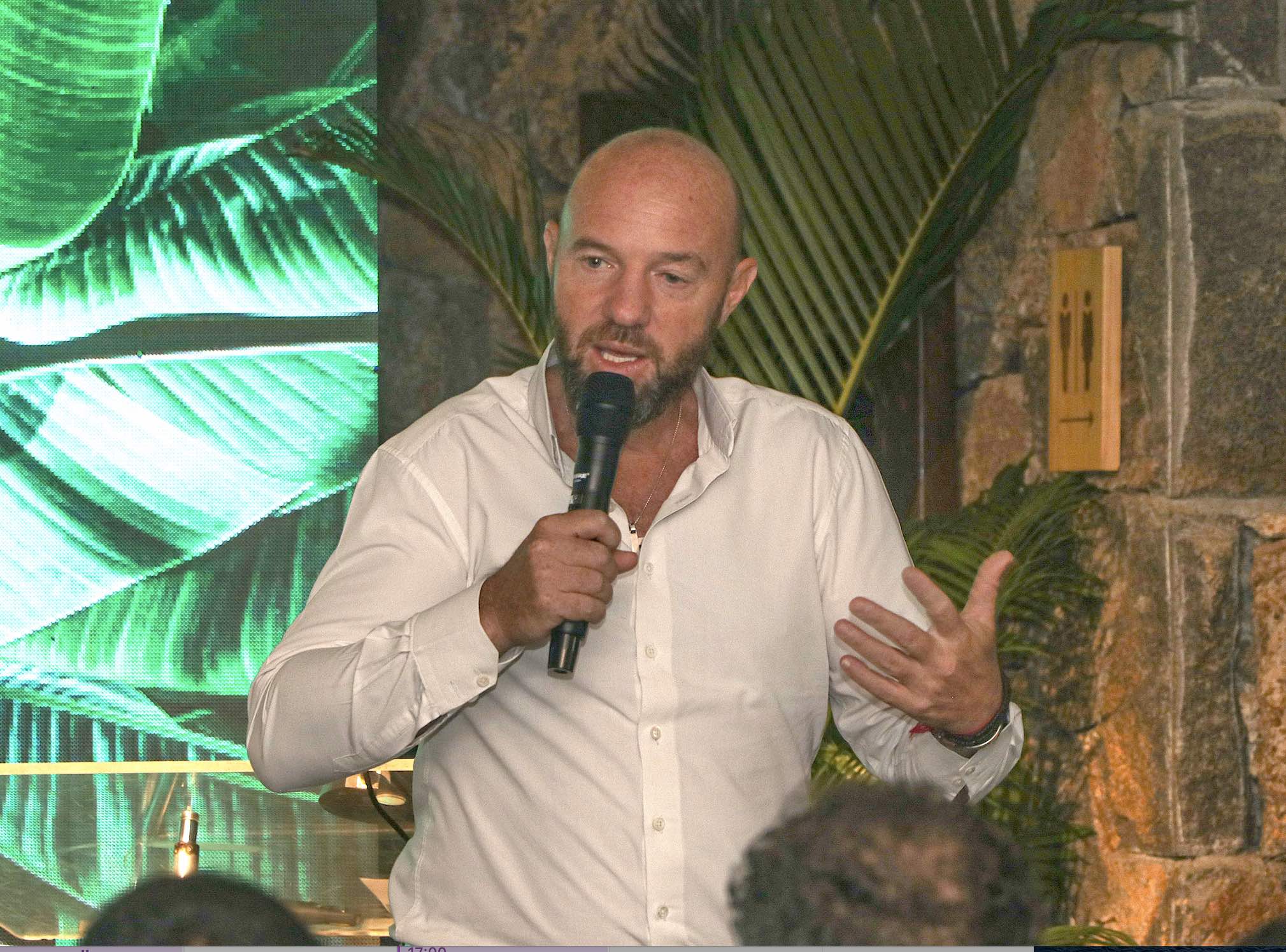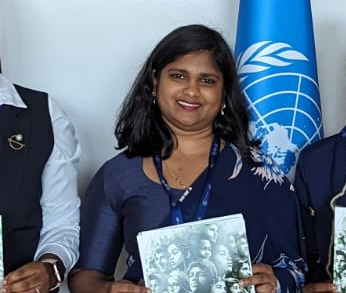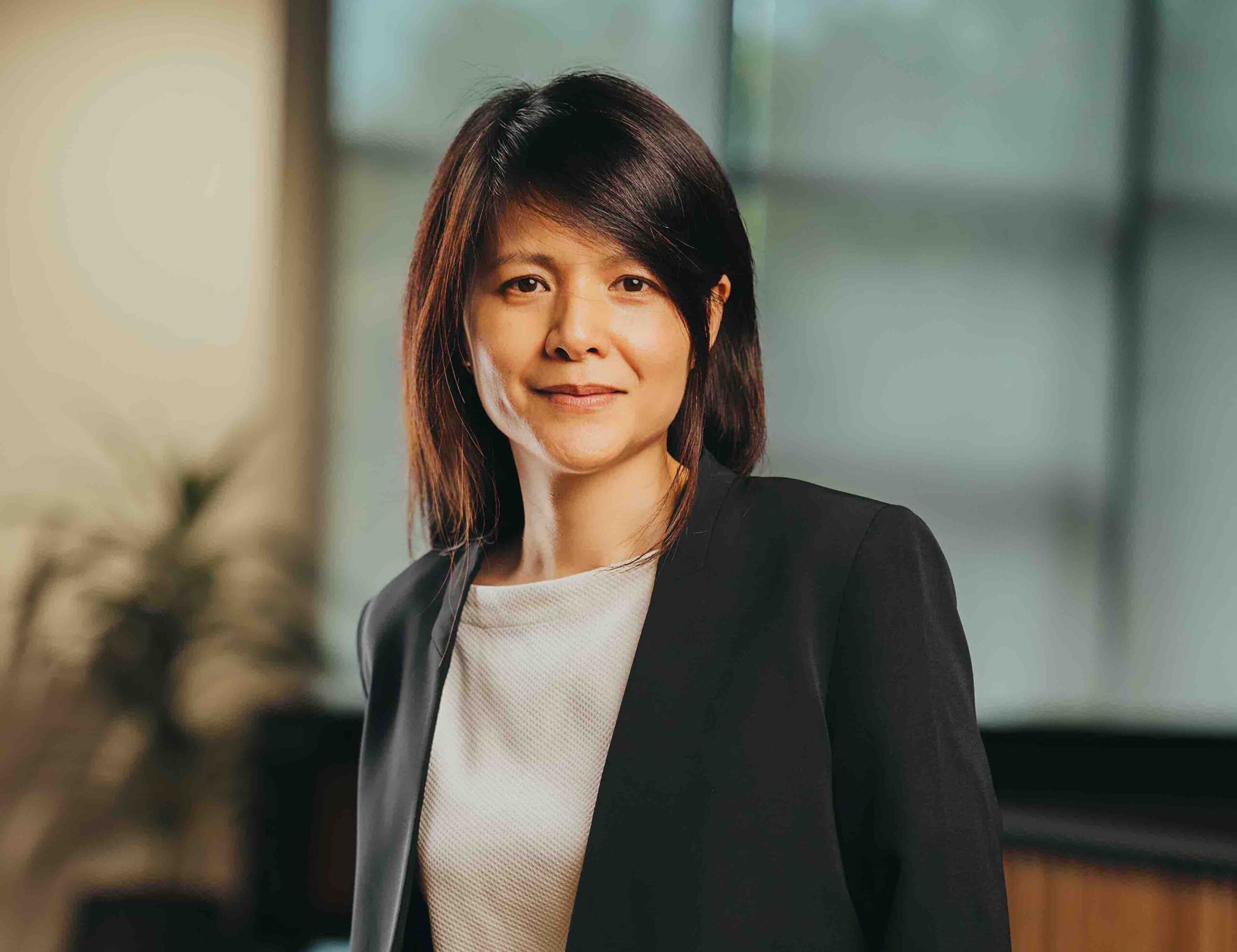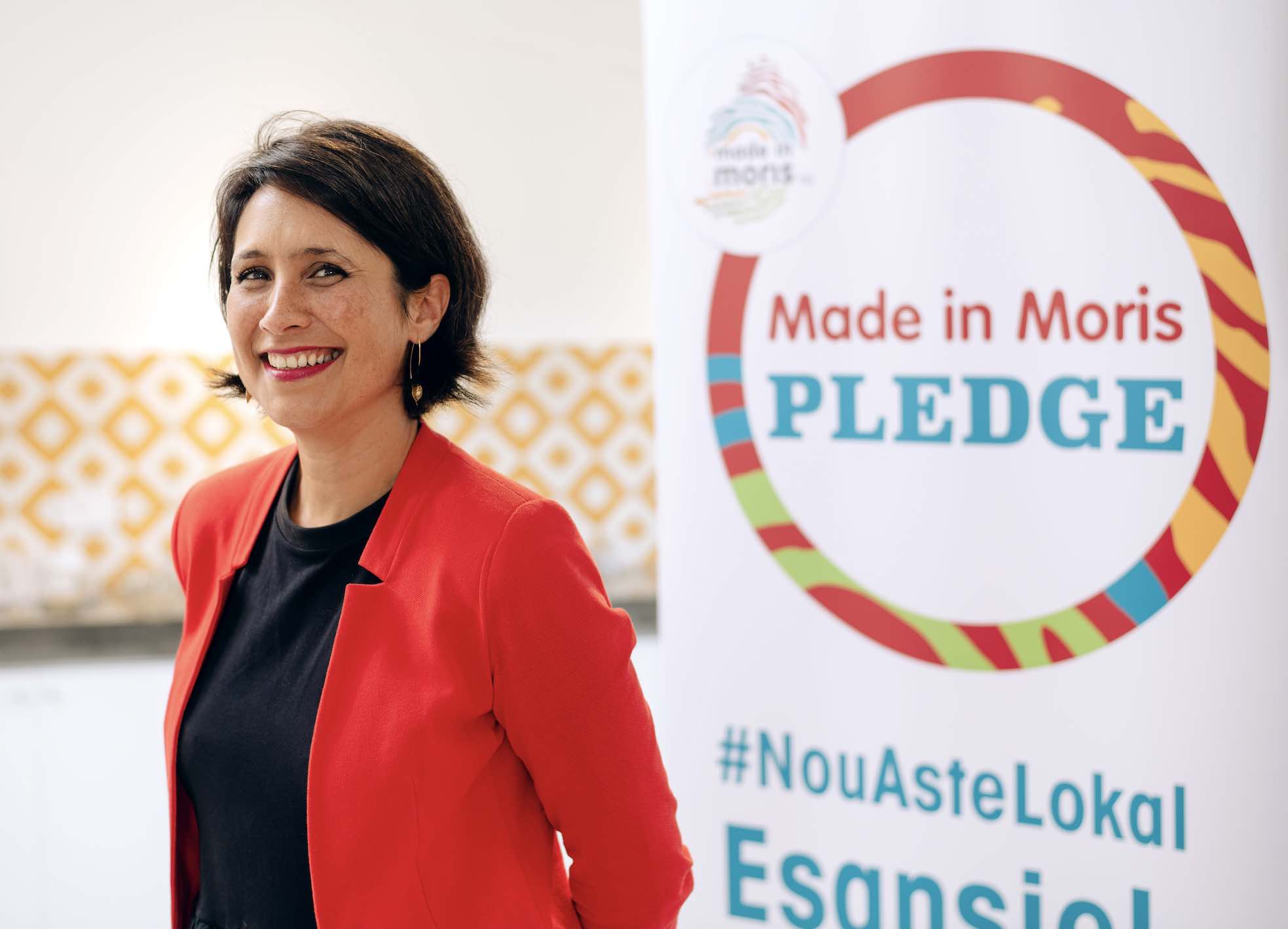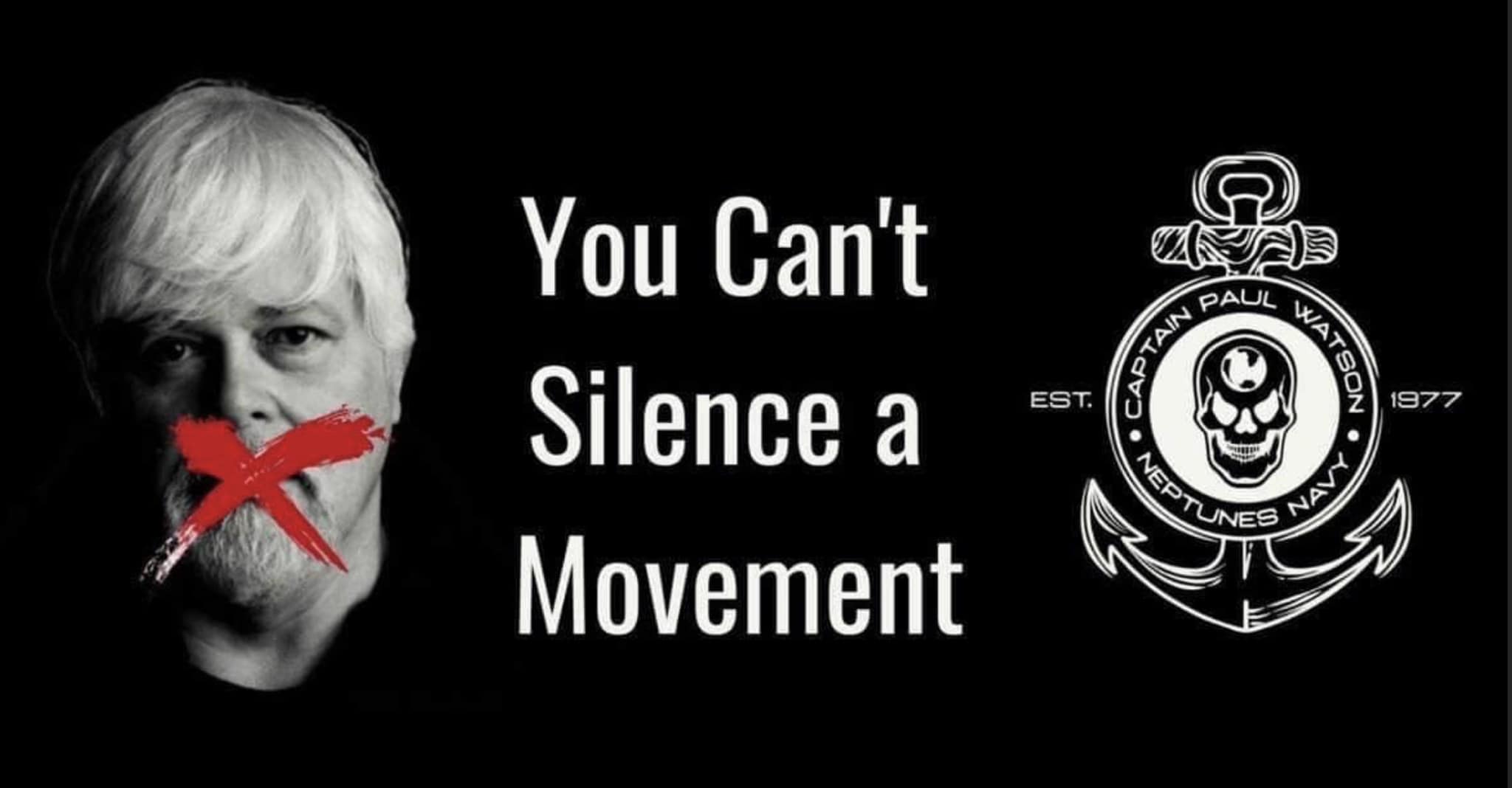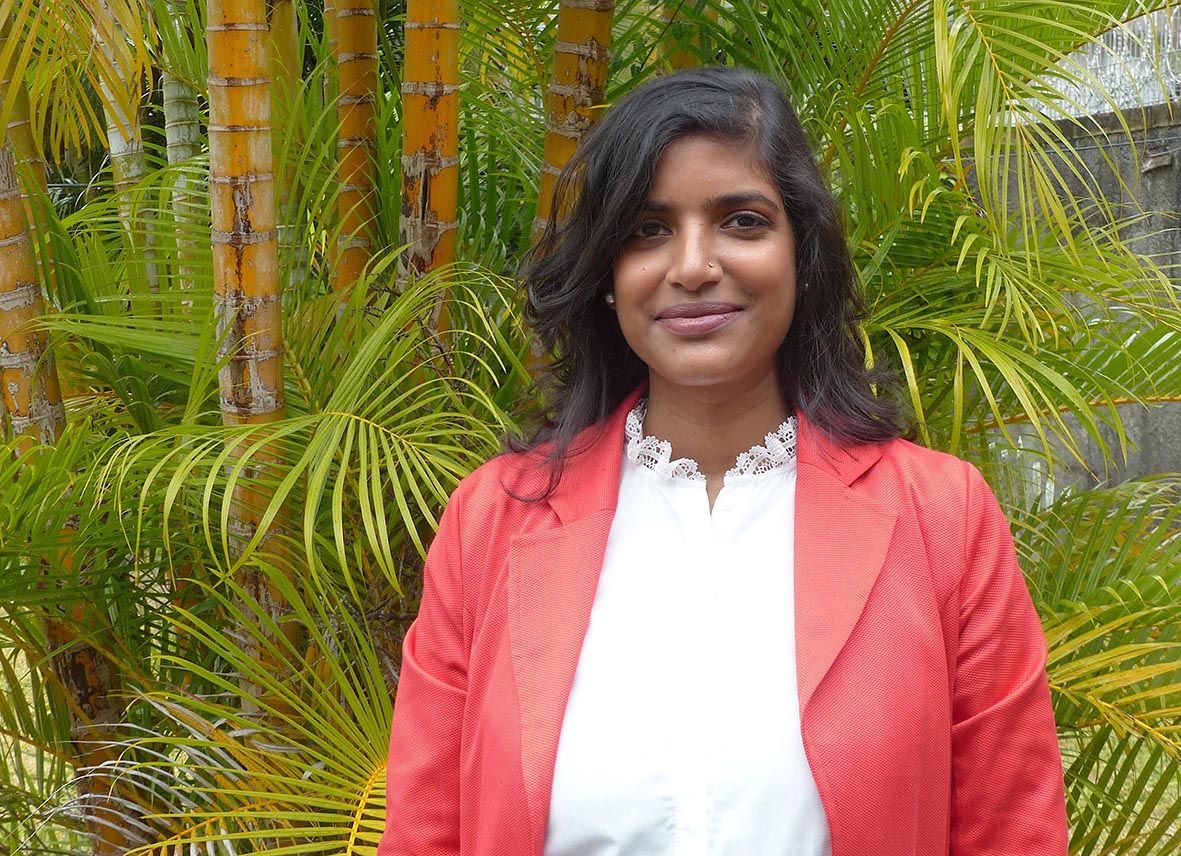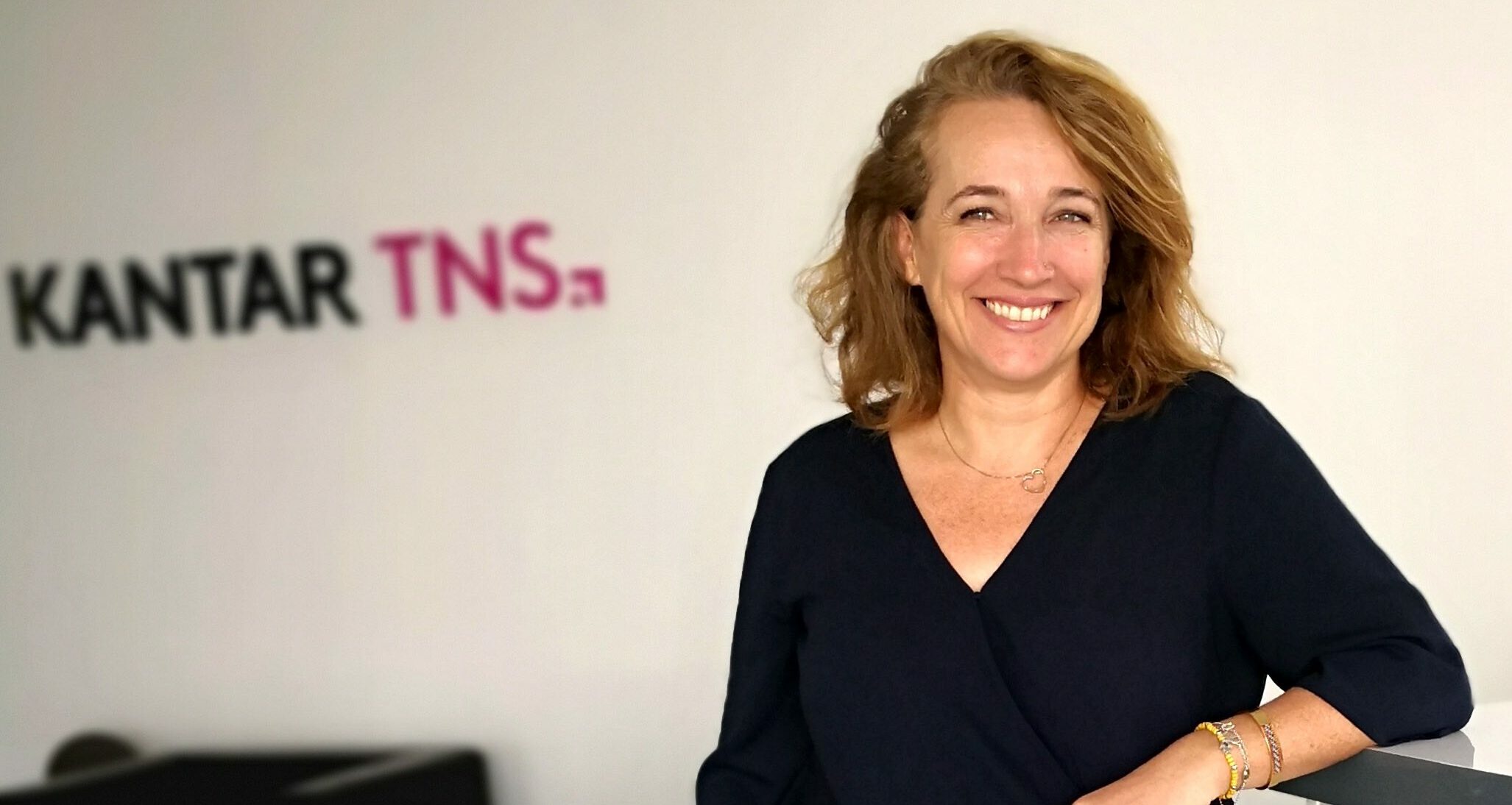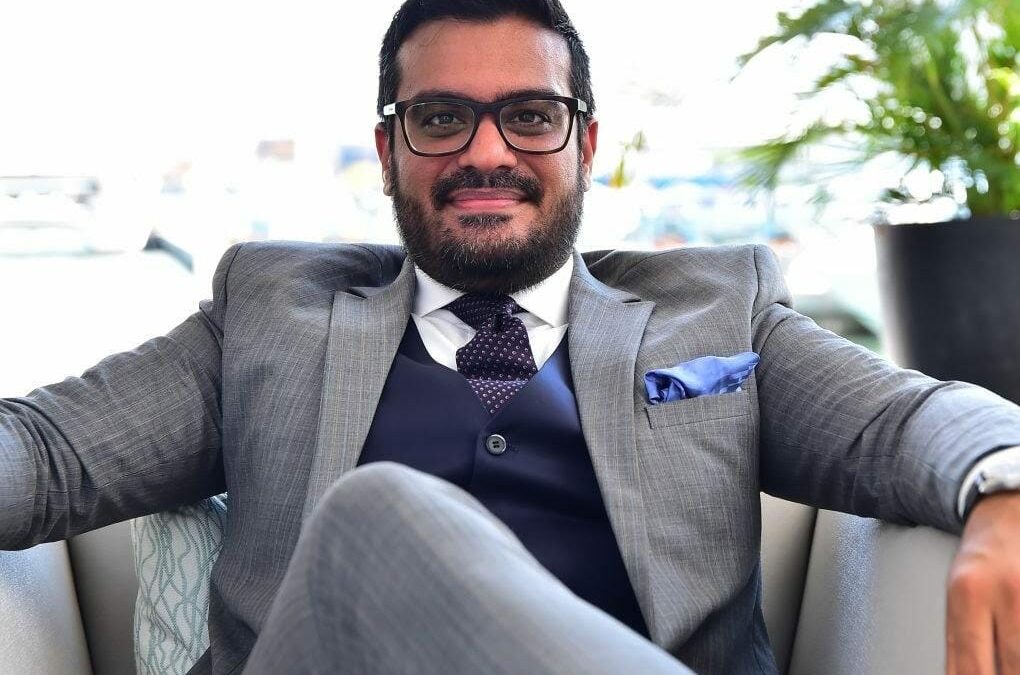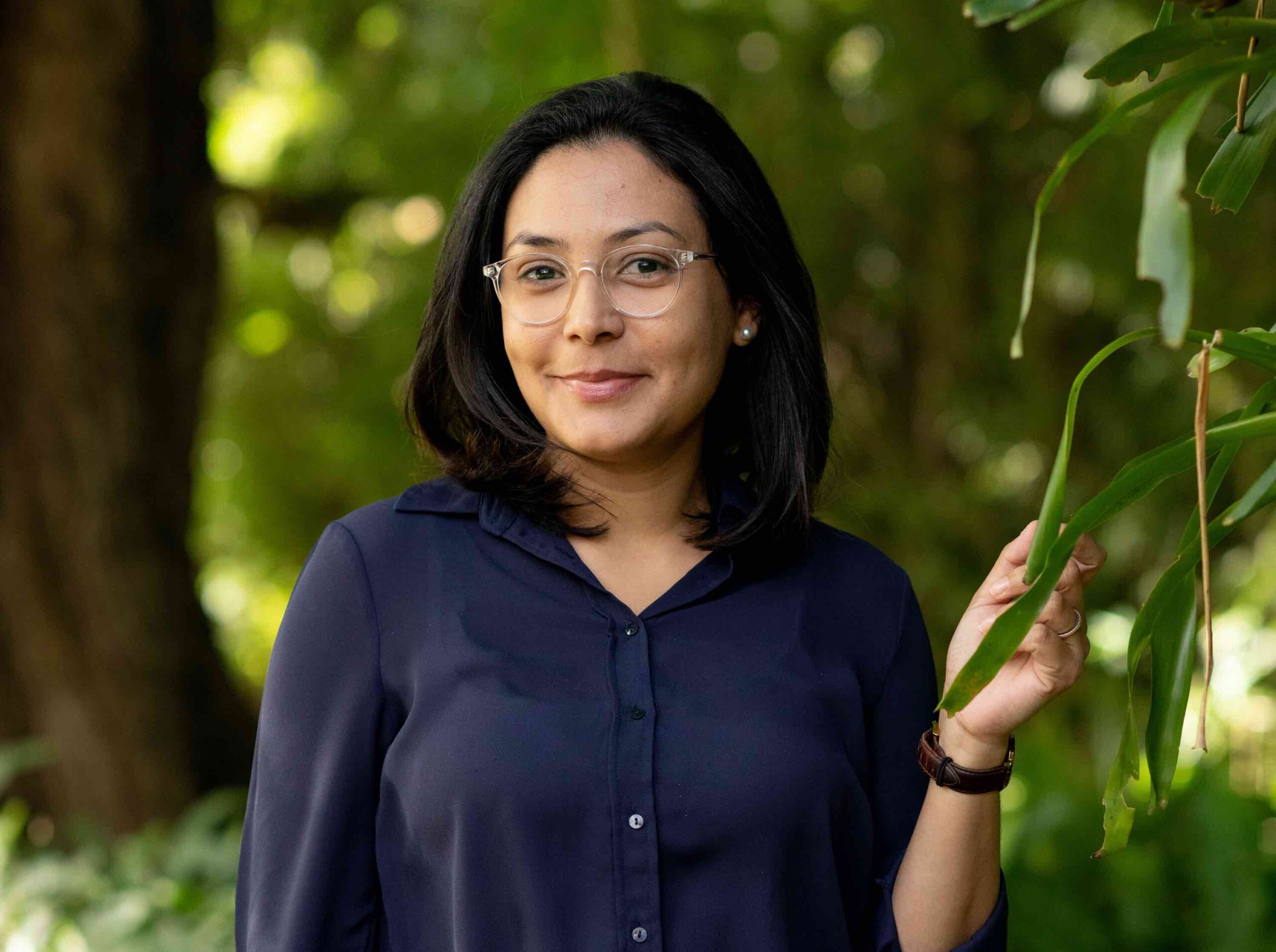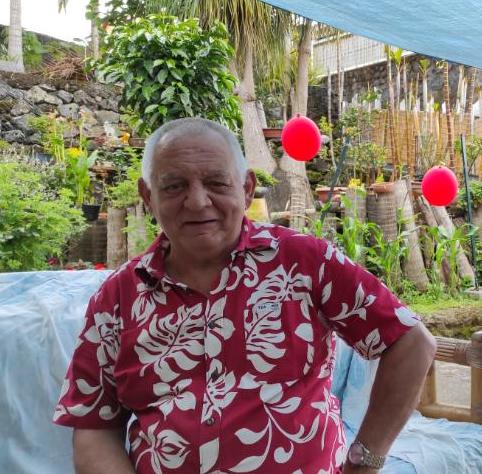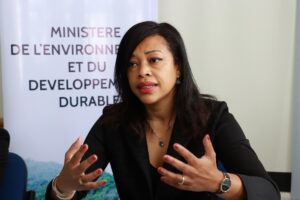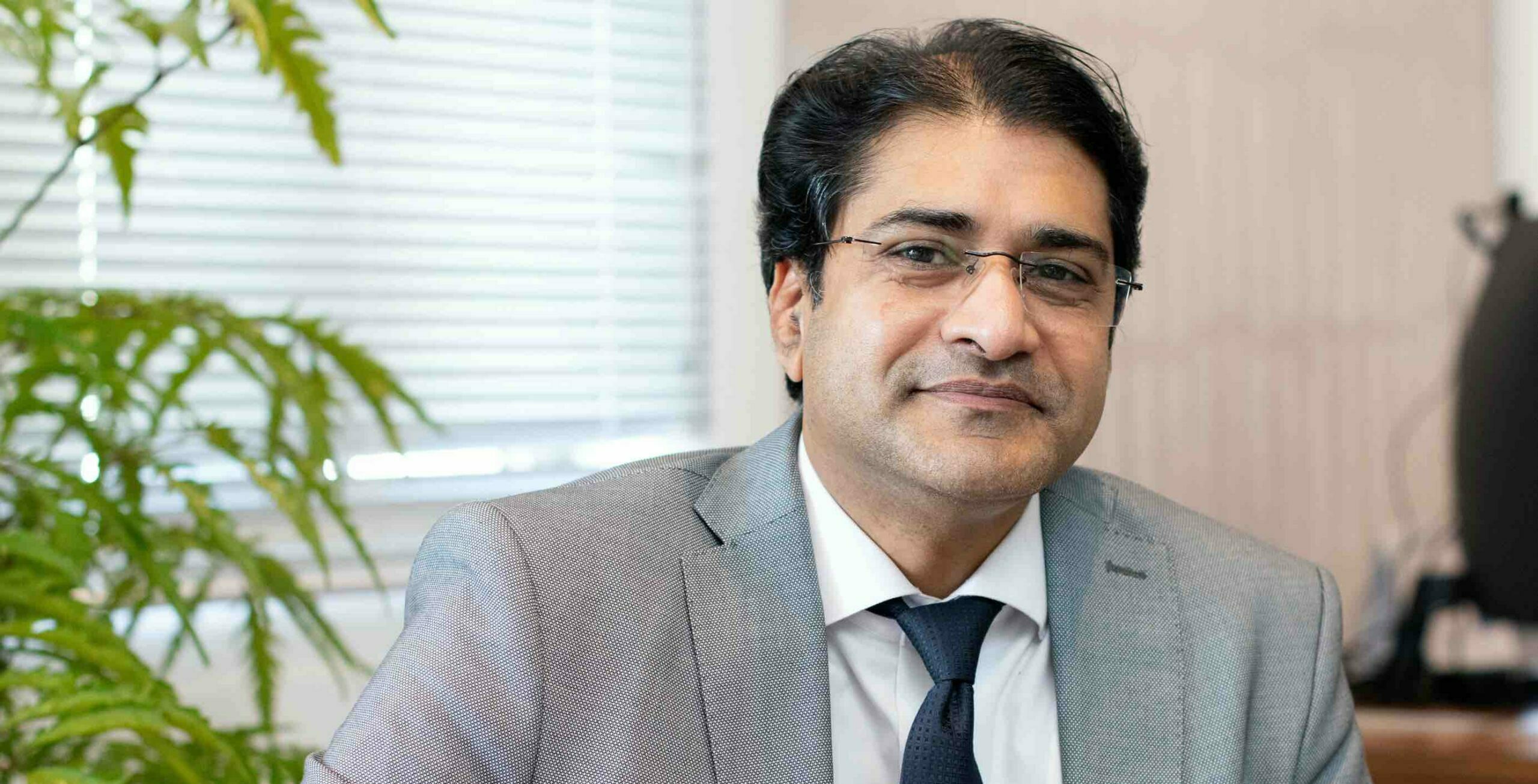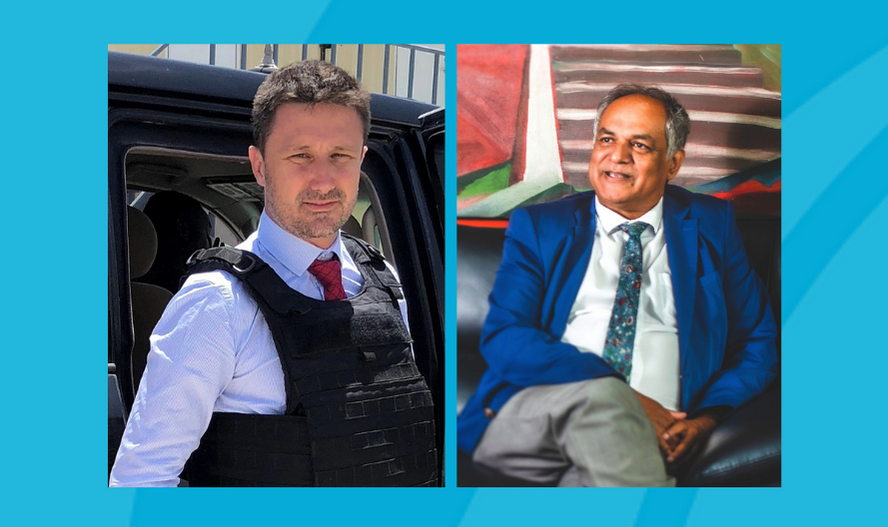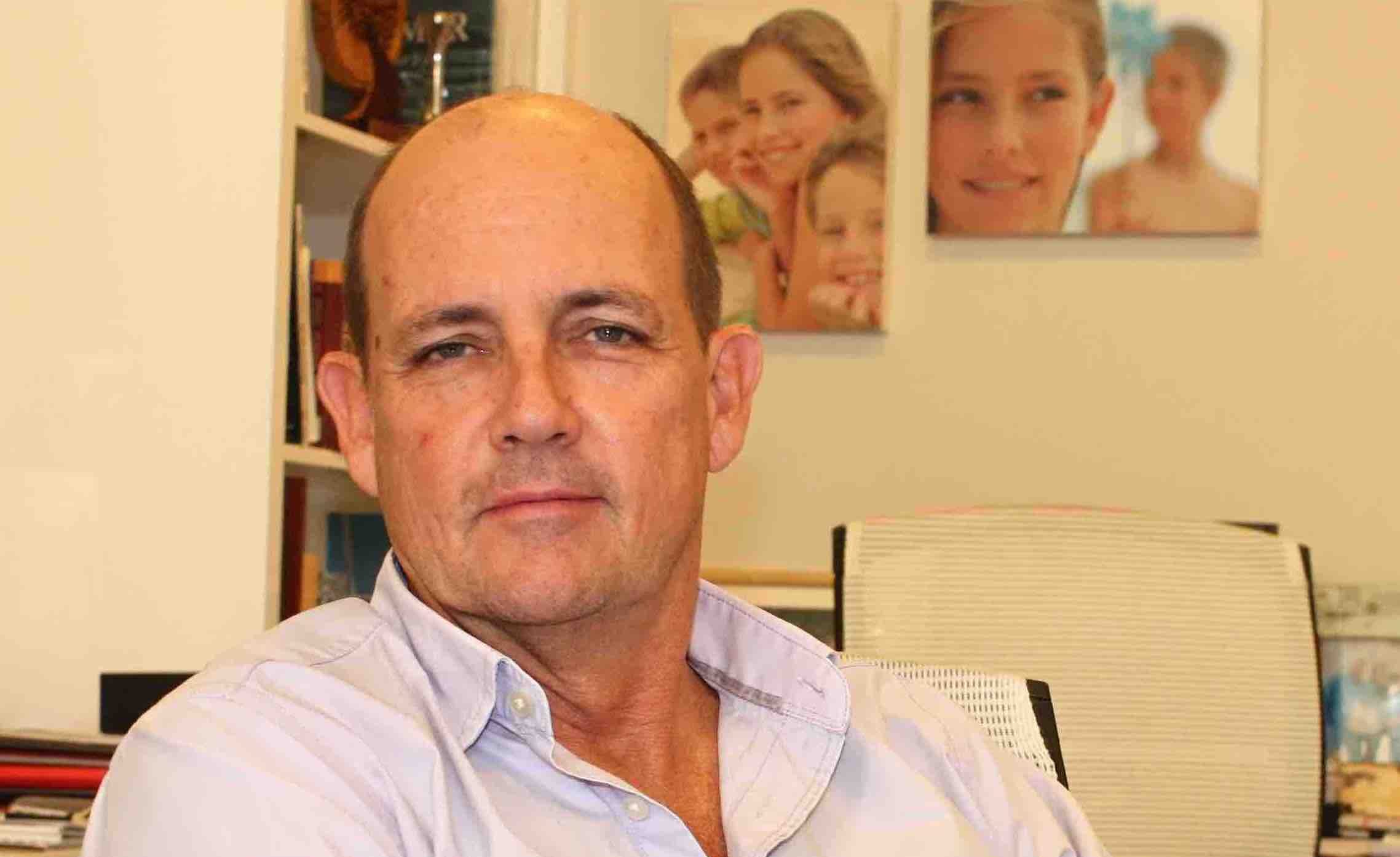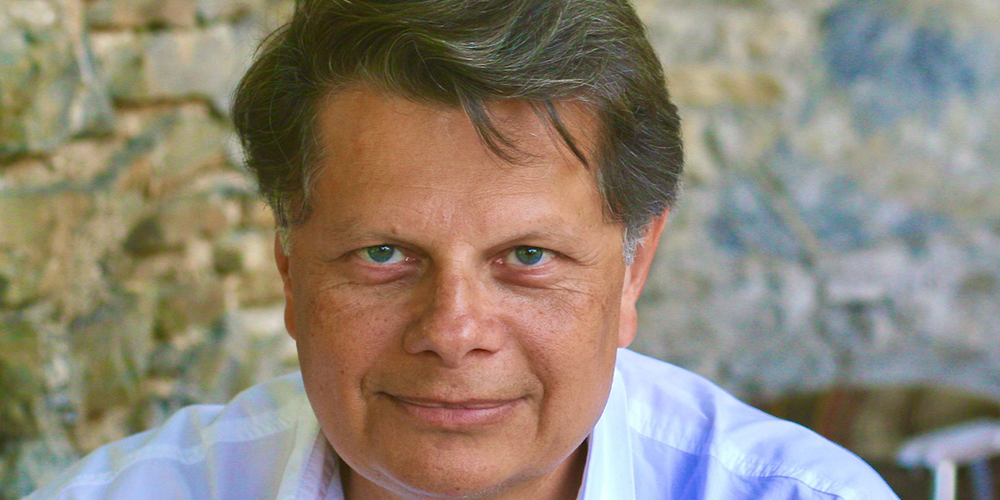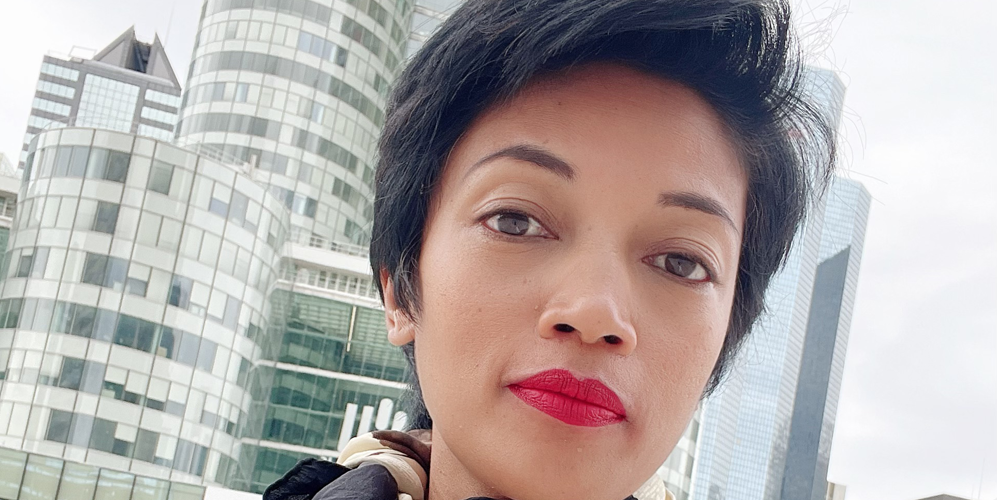Tamatave: Trade is expected to triple after full delivery of the port extension in 2025.
photo : DR

Captain Jean Edmond Randriamanantena manages the Maritime and River Port Agency of Madagascar (APMF)
photo : DR
Tamatave: Trade is expected to triple after full delivery of the port extension in 2025.
Captain Jean Edmond Randriamanantena heads the Madagascar Maritime and Fluvial Port Agency (APMF)
The Agence Portuaire Maritime et Fluviale de Madagascar (APMF) is the authority responsible for implementing the general policy of the State according to the strategies adopted by the ministry in charge of transport concerning the port, maritime and river sub-sector.The director enlightens us on the agency’s reforms and ongoing developments in the country, particularly in Tamatave. By our permanent correspondents in Madagascar: Liva Rakotondrasata and Tsirisoa R.
At the port level, the head of the APMF maintains that “:” the priorities are the realization of the National Master Plan for Port Development (SDNDP), the continuation of the port infrastructure works in progress and the search for partnership for the modernization of main ports other than the Toamasina and Ehoala installations at Fort-Dauphin. Without forgetting the opening up of localities with high economic potential through regional ports to be rehabilitated or built ”.
For the SDNDP, the objective is to attract to the country’s ports the 7,000 boats that pass daily through the southwest Indian Ocean or the Mozambique Channel. According to the CEO of the APMF, Madagascar must take advantage of the fact that it occupies “a geostrategic position on the maritime trade highways, vectors of South-South trade which now connect the African, Asian and American markets”.
5,400 km of coastline to enhance
Regarding potential partners for the realization of port infrastructure modernization projects, Madagascar relies on the Public-Private Partnership formula as part of an opening process involving traditional donors.Thus, for example, the African Development Bank (AfDB) financed for 200,000 euros the feasibility studies (carried out by the Dutch firm Maritime & Transport Business Solutions) relating to the “Priority PPP Project” of the port of Manakara. on the south-eastern coast of the country. Several foreign companies are said to be interested in operating the country’s most promising port infrastructure. Well-known brands such as Bolloré Transport & Logistics, Terminal Link or even DP World circulate under the cloak. It is also argued that Monaco Resources Group (MRG), already present in the Indian Ocean in agribusiness, is in the running. Recall that Madagascar is an island which has 5,400 km of coastline, around twenty listed seaports, approximately 1,200,000 km² of Exclusive Economic Zone (EEZ), and more than 2 million km² of Search and Rescue Region (SRR) or Search and Rescue Region.
Tamatave: a first delivery in 2022
The Société du Port Autonome de Toamasina (SPAT), as manager of the port of Tamatave, is responsible for piloting the flagship maritime transport project in Madagascar. It began to resume work on its extension in 2018, when the figures show a volume of 90% of goods imported and exported to Madagascar, at 2.7 million tonnes of goods. The cost of the work announced for the extension of the large eastern port is $ 639 million. Japan’s JICA (Japan International Cooperation Agency) has granted a loan of $ 411 million to the state, repayable over 40 years. The Malagasy state is contributing $ 228 million.
Around 2022, part of the 10-hectare extension will be operational. This project will be delivered in 2025 to support the annual growth of future traffic and to support this lung on which the national economy depends to a large extent. SPAT also anticipates that the flow handled at the port will be tripled after the total delivery of this site.This extension to the port of Tamatave is part of the new National Maritime Transport Policy validated in 2020. This policy is in fact articulated around five strategic axes on which the large port is fully committed: transparent governance of maritime transport, integrity , professionalism and inclusiveness. Human resources will be constantly monitored on their skills, the ports will support the field of safety, competitiveness and proximity. Ships and navigation should be safe and the environment will be permanently protected against the negative effects of maritime transport, including the release of CO2.
Also in Diego, an extension is planned
The project was first presented shortly before the arrival of Covid-19, at the investment forum called Wave Madagascar. The aim is to expand and modernize the port of Diego Suarez (Antsiranana). The latter is one of the main secondary ports in Madagascar with traffic in third place, after the ports of Tamatave (Toamasina) and Mahajanga. The government is counting on partnership with the private sector to bring this project to fruition, the first phase of which provides for, in addition to a 20,000 m2 platform, a new 122 linear meter quay with -8.50 meters draft. , suitable for vessels less than 140m long (10,000 t).


